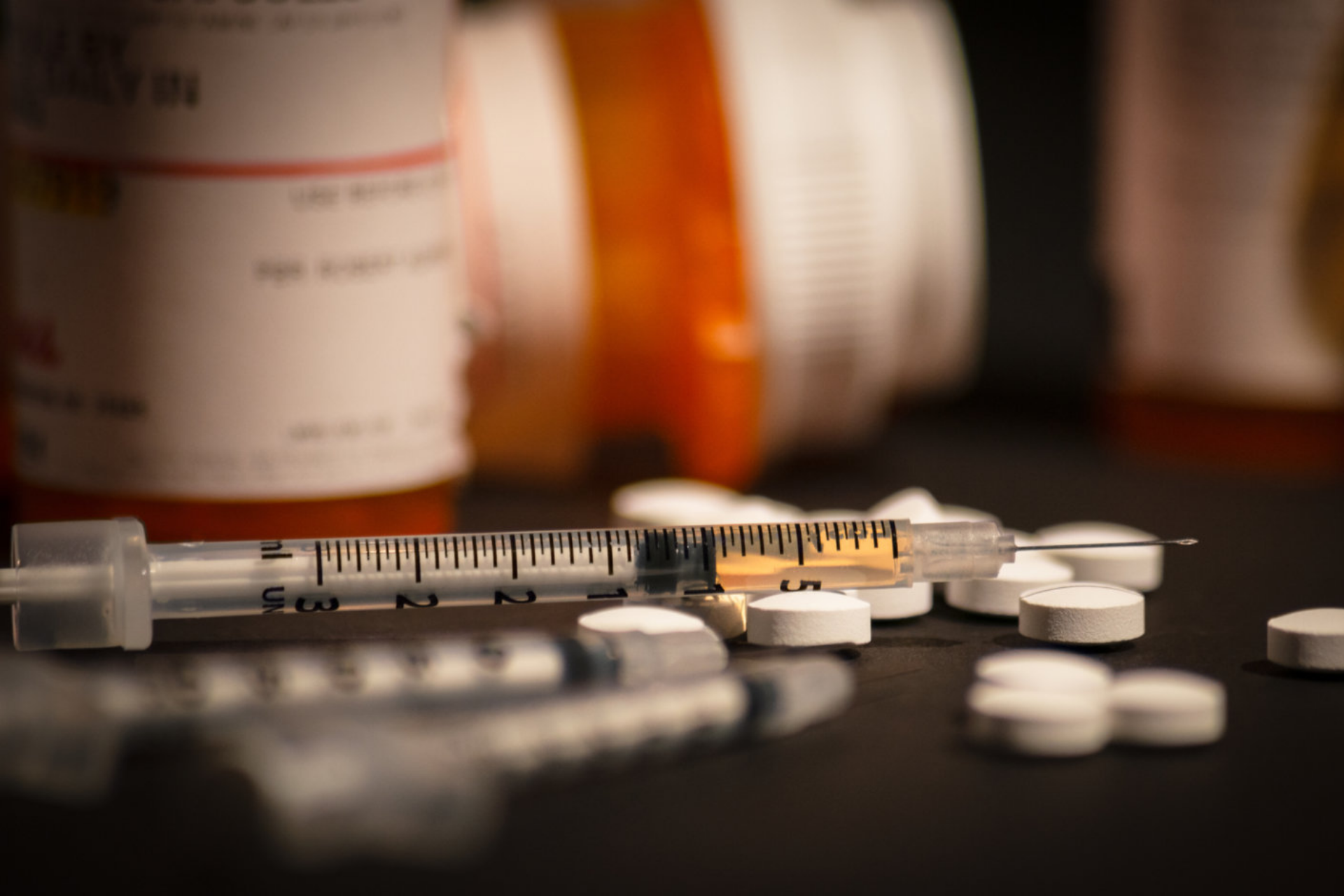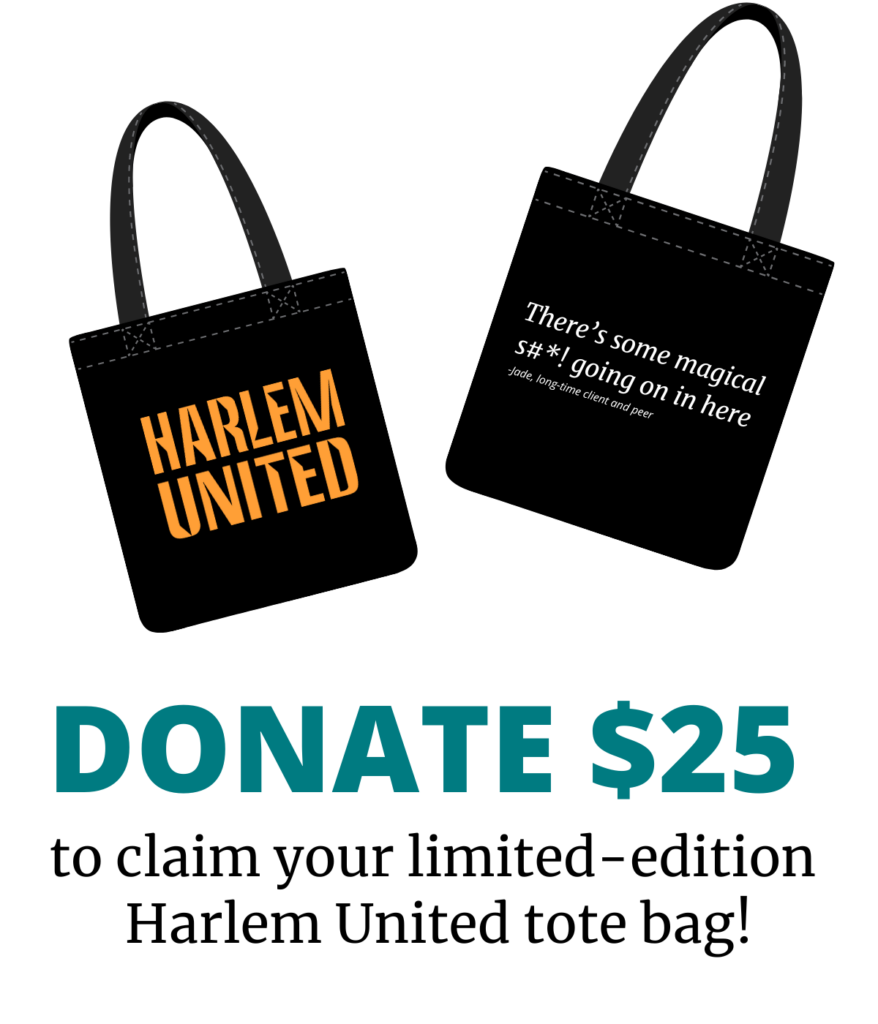By Max Parrott
amNY
“Is that going into an agency like ours to actually trickle down to the ground of getting people off opioids into treatment into long-term job opportunities and housing?”
– Tamisha McPherson, Chief External Affairs and Development Officer | Executive Director of URAM
In 2020 the number of fatal drug overdose deaths in New York City surged to the highest level since reporting on that statistic began in 2000. A report released earlier this month shows that 2021’s tragic overdose death toll is on track to be even higher.
The first two quarters of 2021 produced 1,233 overdose deaths in New York, as opposed to 965 overdose deaths during the same period in 2020.
As with many other public health crises, the spike in overdose deaths has disproportionately affected residents who are low income and people of color. In 2020, the United Health Fund two districts stretching over Hunts Point, Mott Haven, Crotona and Tremont in the Bronx had the highest overdose rates by a significant margin. Districts in East Harlem and Highbridge and Morrisania in the Bronx also had notably high rates.
The 2021 data shows that all four of these districts continue to lead the city’s fatal overdose figures.
Addiction treatment providers have attributed the increase over the past two years to a multitude of pandemic-induced problems converging with the city’s opioid crisis. But while the new data continues to capture a city struggling to turn the deadly tide around, it only goes through June 2021, a lag of nine months.
Addiction treatment providers report that over the past year, city and state agencies have taken steps to embrace a new approach to the opioid crisis focused on the concept of harm reduction. The data shows drug overdoses continuing to soar into 2021, but it’s too early to determine the effect of these new efforts, providers say. Harem reduction connotes a strategy of connecting recovery services with overdose prevention like providing clean syringes, the opioid overdose-reversing medication naloxone and street-based health outreach.
“We need to look at not only treatment, but recovery and prevention as a strategy. So with the providers, they’re having us look at how are we going to meet the clients where they are,” said Dr. Carolann Slattery, Vice President of Outpatient Services at Good Samaritan Daytop Village.
Daytop Village, a social services organization that has branches in all five boroughs and beyond and operates several outpatient clinics in the South Bronx, has been given a shot at scaling up the harm reduction effort. It received part of a multimillion dollar grant from the state Office of Addiction Services and Supports (OASAS), which acquired the funding through a federal program to reduce opioid and stimulant use.
Tracking the overdose spike
The harm reduction approach has been necessitated by the increasing presence of fentanyl, a highly potent opioid, which has played a lethal role in the spike, according to the city Department of Health and Mental Hygiene.
The most recent DOHMH data shows that this cheap synthetic opioid is involved in more than 78 percent of all overdose deaths citywide.
“The overdose epidemic is taking one New Yorker from us every four hours, and is a public health crisis that has touched far too many people,” said Health Commissioner Ashwin Vasan in a statement.
To put the fatal drug overdose rate in perspective, DOHMH said that it’s higher than the city’s number of homicides, suicides and motor vehicle crashes combined.
A demographic breakdown from 2020, showed that Black New Yorkers had the highest rate of overdose death of 38.2 per 100,000 residents. Residents in high-poverty neighborhoods, with 48.2 deaths per 100,000 people, had a higher rate of fatal overdoses than those in high, medium and low poverty neighborhoods.
Meeting at-risk communities where they are
In addition to the dangers posed by fentanyl, the pandemic impeded in-person recovery programs across the city by adding obstacles to reaching new patients.
“When I call it the perfect storm, this was the perfect storm,” said Slattery, who said that the pandemic forced many recovery service providers to modernize its telehealth systems.
While she noted that Good Samaritan did have a functioning telehealth program in time for the lockdown of March 2020, many providers didn’t. In many cases, that stopped them from acquiring the patient waivers that are needed to enroll in a recovery program and fragmented recovery services.
A major technological milestone of the DOHMH in 2020 was to launch a methadone delivery system with OASAS to help get patients the opiate medication they needed remotely.
Last year, the city opened the first supervised injection sites in the nation in East Harlem and Washington Heights. These sites — called Overdose Prevention Centers by the city — have averted over 250 overdoses, and connect clients with other social services, according to DOHMH.
On the street level, social service providers in the areas hardest hit like Harlem United and Good Samaritan Daytop Village’s Mott Haven satellite organizations have worked to expand street teams, peer groups that show up in high-risk drug use sites like parks, subways or even clubs, to monitor and educate drug users.
“In the last couple years, no one even talked to or heard about peers going out into parks, into subways, hanging out outside hospitals and emergency rooms and having warm handoffs. So it’s a huge, wonderful thing,” said Slattery.
Sometimes peers will set up tables in parks to connect clients with medical services. Other times they’ll give clients the materials to test drugs for traces for fentanyl or pass out naloxone in case of overdose.
Funding the effort on the ground
Armed with new funding, Good Samaritan Daytop Village has been able to launch a 24/7 phone line for its peer team to assist with users in crisis.
Harlem United, on the other hand, said that it has been working to expand its street team as much as possible, but has recently had some funding sources dry up. Tamisha Mcpherson, a Harlem United staffer who has worked as a health service provider before moving into development, said that there’s a huge benefit for groups like hers to have the budget to provide 24/7 services.
“We have daytime staff. We used to have night staff. We used to have some staff going into clubs, staff going into parks at night,” Mcpherson said, adding that she thought it would be critical to bring the night team back.
Last week, Mayor Adams and Attorney General Letitia James announced that New York City will receive more than $88.9 million in 2022 as a result of settlements that her office has reached with opioid distributors. It’s the first portion of a $256 million total that the city will get overall through periodic distributions to be spent on opioid treatment.
City officials indicated that much of the funding would go to recovery services through the NYC Health + Hospitals system. Mcpherson told amNY that she is hopeful that social service nonprofits like Harlem United, which are providing street-level and wraparound services, might get access to the funds as well.
“Is that going into an agency like ours to actually trickle down to the ground of getting people off opioids into treatment into long-term job opportunities and housing,” asked Mcpherson.
At a press conference announcing the funding, the health commissioner didn’t rule out providing it to social service organizations.
“So there’s plenty of work before someone hits the front door of a building like this or a clinic that we need to do to actually advance harm reduction, advance prevention and, of course, lifesaving treatments,” said Vasan.
Asked directly how much of the funding would go to nonprofits, a DOHMH spokesperson deferred to the commissioner’s remarks, which did not include exact figures.
Originally published in amNY on April 26, 2022.

